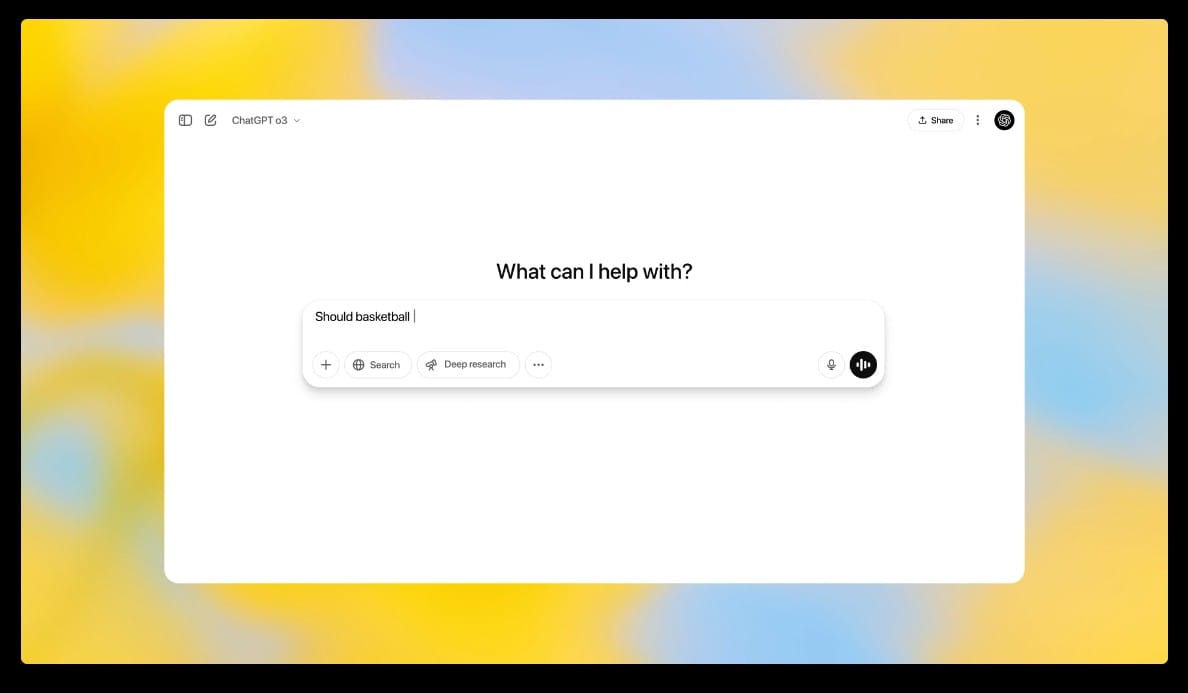
OpenAI just dropped its latest AI reasoning models, o3 and o4-mini, setting the stage for a new era of "thinking" AI that can not only chat but also analyze images, run code, browse the web, and generally act more independently. But with this shiny new lineup, developers and chatbot builders are scratching their heads: Should you be betting on the beefy o3 or the nimble—and cheaper—o4-mini? And what about the earlier o3-mini? Let’s unpack what these models bring to the table and which might be right for your chatbot.
OpenAI’s reasoning models are designed to "think before they speak," meaning they take a bit more time internally to mull over a question, crunch some logic, and then produce an answer that’s often more accurate and reliable. The newly released o3 model is OpenAI’s most advanced reasoning AI yet, excelling in math, coding, science, and, notably, visual understanding. Meanwhile, o4-mini offers a speedier, cheaper alternative with solid reasoning chops, making it a tempting option for cost-conscious developers.
Unlike the earlier o1 and o3-mini models, both o3 and o4-mini can independently leverage ChatGPT’s suite of tools—web browsing, Python code execution, image processing, and even image generation. This means these models don’t just parrot information; they can actively gather fresh data, analyze complex visuals (think low-quality sketches or diagrams), and execute code snippets to help answer your questions. OpenAI calls this a step toward a more agentic AI, one that can autonomously take multiple steps to solve a problem.
That "thinking with images" boost is a first for OpenAI’s reasoning models. For example, the o3 model can zoom, rotate, and dissect blurry images as part of its reasoning chain, a feature that could be a game changer for industries relying on visual data.
If you’re building a chatbot, especially for enterprise use, price and performance matter. Here’s what the community and OpenAI’s pricing reveal:
- o3: The premium reasoning model, priced at $10 per million input tokens and $40 per million output tokens. It delivers state-of-the-art performance on coding and reasoning benchmarks (69.1% on SWE-bench without special scaffolding).
- o4-mini: Positioned as a more affordable, faster reasoning model, it costs $1.10 per million input tokens and $4.40 per million output tokens—the same as the older o3-mini. It’s a solid middle ground, scoring slightly less than o3 on benchmarks but offering significant cost savings.
- o3-mini: The predecessor smaller reasoning model, offering decent reasoning at a lower cost, but generally outpaced by the newer models in both speed and accuracy.
A vibrant discussion in the OpenAI community captures a common dilemma: while o3-mini is cheaper on the surface, its "reasoning effort" can inflate token usage and costs, especially for chatbots performing retrieval-augmented generation (RAG) across multiple documents. In other words, reasoning is computationally expensive, and if your chatbot needs to juggle lots of instructions or documents, the cost advantage of o3-mini may evaporate.
One user testing chatbots for enterprise product sales found that while 4o-mini (a non-reasoning GPT-4 variant) was cheaper, it struggled to follow specific, detailed system instructions. Since o3-mini was not initially available for assistant use, some opted for 4o for casual conversations but recognized o3-mini’s stronger reasoning skills for more complex dialogs.
OpenAI has started rolling out these models to ChatGPT Plus, Pro, and Team subscribers, as well as developers via the Chat Completions API and Assistants API. The new models replace older ones—o3 takes over from o1, and o4-mini replaces o3-mini.
In a recent twist, OpenAI CEO Sam Altman hinted that these reasoning models might be the last standalone ones before the upcoming GPT-5, which aims to unify traditional and reasoning capabilities into one mega-model. So if you want to experiment with these reasoning specialists, now’s the time before the next big leap.
If your chatbot’s job is simple banter or light interactions: The cheaper and faster o4-mini or even GPT-4o-mini might be sufficient. They’re cost-effective and quick but less adept at complex reasoning.
If you need strong reasoning, math, coding, or visual understanding: Go for o3. It’s pricier but offers the best performance, especially if your chatbot needs to analyze images or execute code on the fly.
If budget is a big concern but you need reasoning: o4-mini is a compelling middle ground—faster and cheaper than o3 but still a reasoning model with advanced capabilities.
If your chatbot relies heavily on complex instructions and document reasoning (like enterprise RAG): Keep in mind that reasoning tokens add up, so monitor your usage carefully. Sometimes a mix of assistants or splitting tasks among specialized agents may help manage costs and complexity.
OpenAI’s new o3 and o4-mini models represent a thoughtful evolution in AI reasoning, blending multimodal understanding with autonomous tool use and improved accuracy. For chatbot developers, the choice boils down to balancing cost, speed, and the complexity of the tasks at hand.
While the naming conventions remain a bit of a brain teaser (o4-mini vs. 4.1-mini, anyone?), the practical takeaway is clear: these models are smarter, more capable, and ready to power the next generation of AI assistants that don’t just respond—they reason.
If you’re building an AI assistant that must handle nuanced queries, crunch numbers, reason through documents, or even "think with images," the o3 model is your new best friend. For everything else, o4-mini offers a budget-friendly option that doesn’t skimp on smarts.
And if you’re wondering about the future, keep an eye on GPT-5, which promises to unify these capabilities into a single powerhouse model, possibly making the current lineup a fascinating stepping stone in AI’s relentless march forward.
Sources include OpenAI’s official announcements and community discussions, as well as coverage by TechCrunch, ZDNet, CNBC, and the OpenAI user forums.
